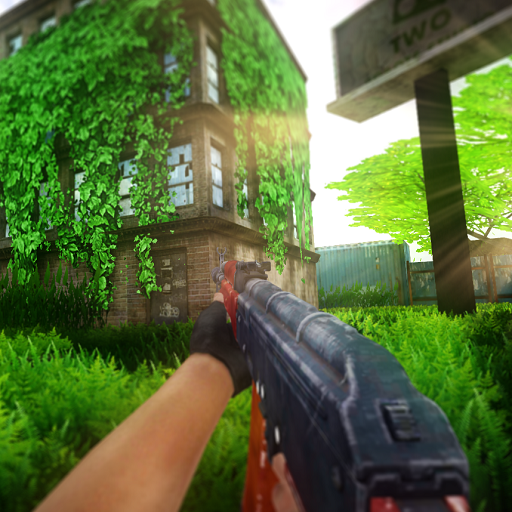Today, we bring to you the method of how to set the shaking mode in Catch the Goose. The shaking function is not just a simple visual effect, but an important mechanism that helps players adjust the layout and break deadlocks. When there are no items to eliminate, using the shaking function reasonably can not only refresh the screen but also create more elimination opportunities, enhancing the game's pace. Correctly enabling and using this function is key to improving the efficiency of passing levels.

The way to enable the shaking function is not complicated. First, ensure that your device supports the gravity sensing function. After entering the game, go to the settings menu, find the "Shake" related options, and enable it. Once activated, players can affect the items on the screen by shaking their phones, causing them to move. If the shake function does not work during the game, it may be because the device's sensing function is not turned on, or the shaking amplitude is too small to trigger the system judgment.

The correct shaking method determines the effect. Shaking randomly may not bring about significant changes, while a tossing-like up-and-down shaking is the most effective method. This way allows items to briefly leave their original positions, creating misalignment, and rearranging the picture. In comparison, left-right shaking has less impact, mostly sliding items horizontally, making it hard to truly change the layout. Reasonably control the shaking amplitude to avoid excessive displacement of items due to too much force, which can affect subsequent operations.

The rhythm of shaking is equally important. It's not that continuous rapid shaking will yield the best results; instead, one should adjust the frequency based on the current situation. When facing a difficult-to-eliminate situation, appropriate shaking can make the bottom items appear, creating conditions for finding matching items. If the shaking amplitude is too large, it might cause key items to deviate from their ideal positions, increasing uncertainty. Therefore, short and rhythmic shaking is more likely to achieve the desired effect, allowing items to move within a reasonable range, providing players with better choices.

The physical feedback system enhances the interactive experience. The game adopts a realistic physics engine, where each shake instantly affects the screen, making items move according to the rules of gravity. This mechanism not only increases the randomness of the game but also tests the player's operational skills. In some levels, when items are closely packed, the effect of shaking is more pronounced, while in looser layouts, more precise control is needed to ensure that the target items fall into the ideal position.


















